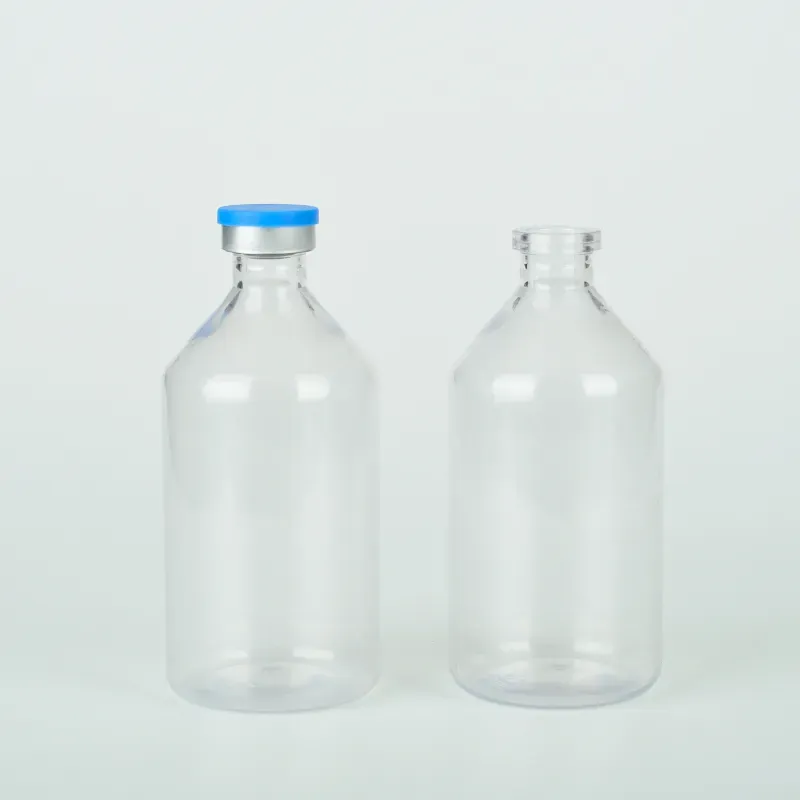researchers around the world are edging closer to a safe and effective vaccine to halt the COVID-19 pandemic, with more than 300 candidates in development. Once one or more vaccines against SARS-CoV-2, the virus that causes the disease, gain regulatory approval, the next step is delivering the product to health-care providers. They, in turn, will inoculate people.
Vials vital for COVID-19 vaccine
Vials vital for COVID-19 vaccine
Tiny bottles with special properties are essential for distribution
It also has smaller amounts of chlorine, as well as oxides of iron, titanium, zirconium, calcium, magnesium, and potassium.
Source: US National Institute of Standards and Technology.
That distribution will require packaging. Specifically, this means strong vials that protect their contents and won’t chemically react with the vaccine solution. On a global scale, this adds up to a dizzying number of vials—hundreds of millions of small, cylindrical bottles that each will hold at least one dose of vaccine.
Earlier this year, worry spread that a shortage of these small bottles would hamper distribution of the vaccine. Since then, makers of pharmaceutical vials around the world have announced they are stepping up their production.
Contrary to some earlier reports, companies contacted by C&EN say they and their suppliers have enough raw materials, including sand, to meet the additional demand. The challenge instead is to turn those raw materials into enough vials to distribute a COVID-19 vaccine widely. Companies say they’re optimistic about meeting that goal.
250ml Medical Plastic Vaccine Vial Blue Translucent
Vaccines, like many liquid pharmaceutical products, are generally packaged in glass—but not the commonplace glass of beer bottles or pickle jars. For decades, drugmakers have depended on vials made of borosilicate glass, though containers crafted from newer materials are entering the market.
Borosilicate glass originated with the German chemist and glassmaker Friedrich Otto Schott, who invented it in 1897. The company he founded, Schott AG, continues to produce Fiolax borosilicate glass for pharmaceutical uses. Jörg Döscher, head of strategic marketing and innovation for the company’s tubing business, says Schott and other companies manufacture 50 billion borosilicate glass containers each year to bring vaccines and other medical products to patients.
Like the soda-lime glass found in windowpanes or food and beverage containers, borosilicate glass is made primarily from silicon dioxide, the main constituent of sand. But soda-lime glass contains proportionally more sodium oxide, which is derived from sodium carbonate—also called soda ash—and more calcium oxide, which originates from calcium carbonate—limestone. Borosilicate glass has added boron oxide and other compounds that help stabilize the glass, Döscher says.
-
Plastic Medicine Liquid Bottle: Secure Flip Top Drug VialsNewsAug.17,2025
-
Durable 250ml Blue Plastic Vaccine Vial for Lab & Vet UseNewsAug.16,2025
-
Sterile Virus Sample Tubes: Secure & Reliable Specimen CollectionNewsAug.15,2025
-
White 250ml Plastic Vaccine Vial for Lab & Vet MedicineNewsAug.14,2025
-
Premium Clear Plastic Vaccine Vials for Lab & Vet MedicineNewsAug.13,2025
-
Plastic Clear Vaccine Vials | Lab & Vet Liquid StorageNewsAug.12,2025

























